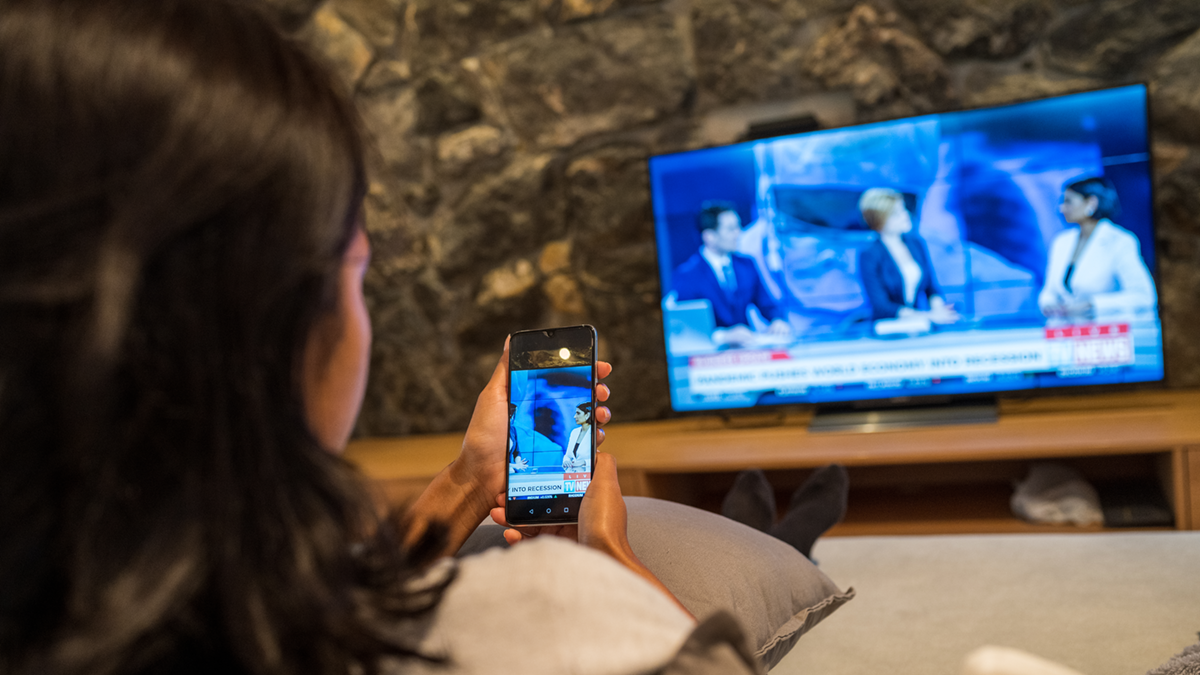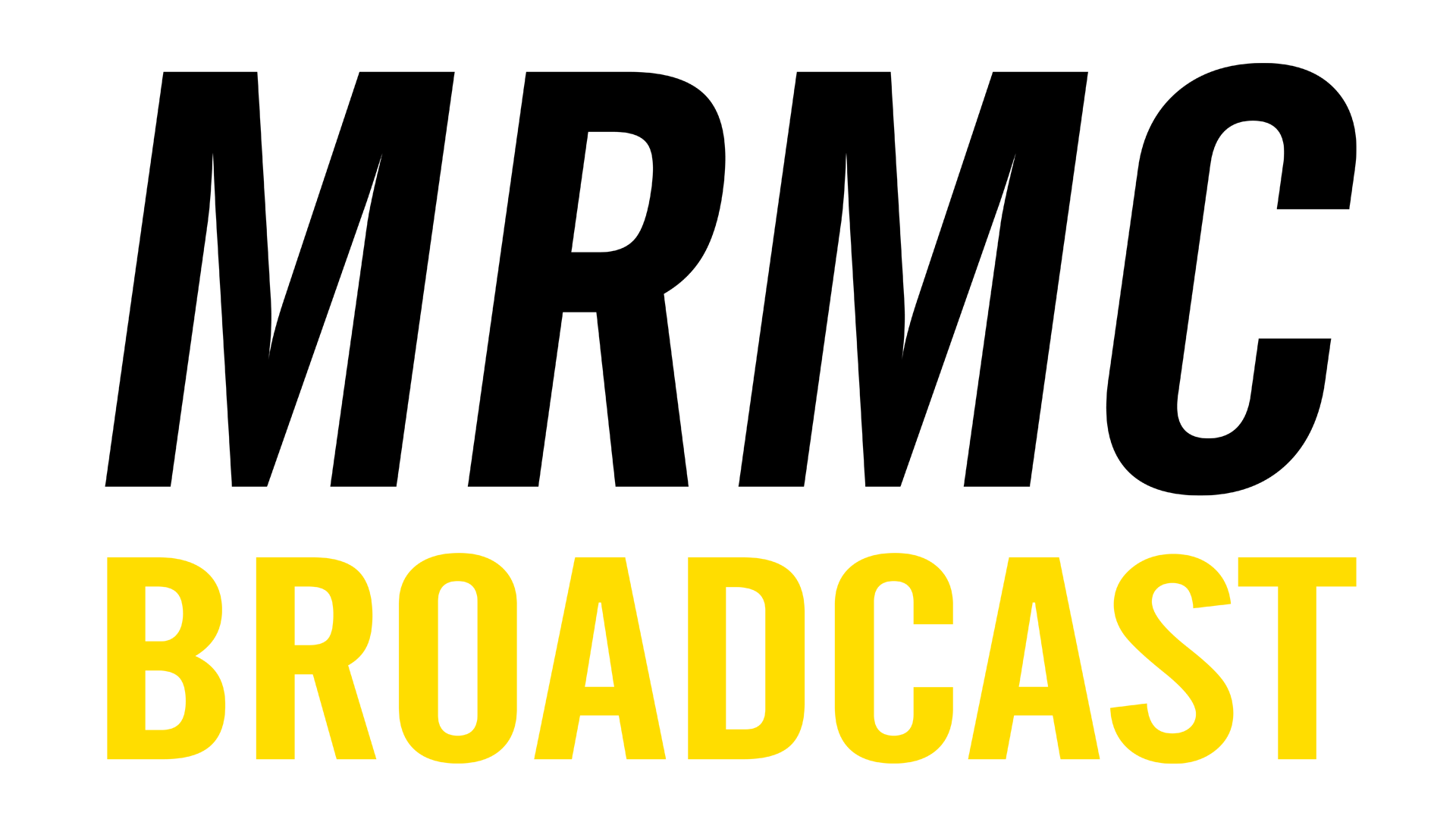Sponsored: How Cinematic Camera Moves Can Solve the Problems With Local TV News
New technologies mean that the right camera robotics can create the cinematic camera movement needed to transform local newscasts

Local television news has a serious problem. Average audience size is declining, which threatens ad revenue of news-producing stations and ultimately their long-term prospects.
The decline has occurred across dayparts. Pew Research Center’s Local TV News Fact Sheet, released in September 2023, shows falling audience numbers for local morning, evening and late night local news. For instance, the average number of TVs tuning into the local evening news of ABC, CBS, NBC and Fox affiliates in 2016 was 4.1 million. In 2022 it was 3 million.
Local stations must find a method to transform typical lean-back news viewing in a way that allows viewers to experience stories as they unfold.
Doing so will stem the viewership slide, bring back former viewers and attract new ones, especially a young demographic that grew up immersed in their Xbox and PlayStation games. With more news viewers, stations will then more easily be able to stave off digital competitors and preserve ad revenue.
Look Alikes
TV newscasts tend to look alike from station to station. Local stations frequently rely on the same, or very similar, camera placements and moves. While there may be slight differences in the number and types of cameras used, shot composition varies little among competitors. For viewers at home, this makes it difficult to distinguish one newscast from the next and offers little reason for them to change the channel.
Over the years, broadcast consultants have made small fortunes on their recommendations about how to set their clients apart from the competition—whether that’s branding, promotions or even a new news set.
News directors, too, take their best shots at setting themselves apart from local competitors with tools like investigative and hyperlocal reporting, the latest weather radar and traffic and tower cameras. The problem is, given enough time and budget, all of the stations in the market adopt similar measures, perpetuating the look alike problem.
The professional video industry's #1 source for news, trends and product and tech information. Sign up below.
A New Approach
There is another way to stand out from the crowd and attract a bigger audience, however. Integrating striking cinematic camera movements with new and advanced broadcast workflows for the right stories can distinguish the look of a station’s newscasts from its competitors.
For example, a medical reporter or guest doctor reporting on a condition like myocarditis might be captured walking around an animated AR representation of a human heart pointing out abnormalities as the camera follows. Similarly, a reporter in studio reporting on a jet crash could walk behind an AR 3-D model of the plane’s engine with the camera following as she points out where investigators are looking for clues for the cause of the accident. These cinematic camera moves, the functional equivalent of shots captured with a Steadicam rig, simply cannot be achieved with traditional studio camera robotic pedestals.
Used appropriately to engage viewers more deeply in a story and give them the feeling of experiencing news rather than simply leaning back and watching, these types of cinematic camera moves are an effective way to stand out from the competition and give viewers a reason to tune in.
They offer a couple of other advantages from an editorial perspective, as well. Not only can cinematic camera movement help journalists tell better stories, but they also offer greater creative freedom, which means that even if a competitor adopts a similar strategy, the creative differences in the ways they are used will still create a noticeable visual difference.
Winning Against Digital Competitors
It would be a mistake to think the other stations in town are the sole competitive concern of news directors and station managers. The Pew Research News Platform Fact Sheet reveals a far from rosy picture for broadcasters in the contest for eyeballs. Pew found in the summer of 2024 that 58% of U.S. adults preferred digital devices while only 32% favored TV for getting their news.
Cinematic camera moves, however, offer broadcasters an advantage over digital competitors simply because of the typical size of a TV screen compared to those on smartphones and tablets. With so much more real estate, television is the perfect medium for dramatic camera movement, giving broadcasters a leg up against digital platforms when it comes to engaging audiences more fully and enabling them to experience—not simply consume—the news.
Beyond Typical Robotics
Robotic pedestals and jibs are nothing new to local newscasts. Local stations have deployed them for years to automate camera movement, reduce expenses and ensure consistent performance.
However, there’s so much more the right camera robotics can do, particularly in terms of creating the cinematic camera movement needed to transform local newscasts. For instance, combining a robotic arm with a robotic pedestal can create the freedom in camera movement typically found in movies but rarely on TV news.
For years, local broadcasters have thanked viewers for allowing them into their homes. Using robotic arms to capture cinematic motion, those broadcasters can now give viewers experiences with their anchors, reporters and stories that more closely resemble the ones they have with invited guests.
MRMC Broadcast is a leading provider of camera robotics systems built on intelligent automation for virtual production and remote acquisition. As the industry shifts toward more agile workflows, MRMC Broadcast continues to deliver solutions aligned with emerging trends to enable greater flexibility, scalability, and creative freedom across studios, live productions, and hybrid environments. Learn more here.

